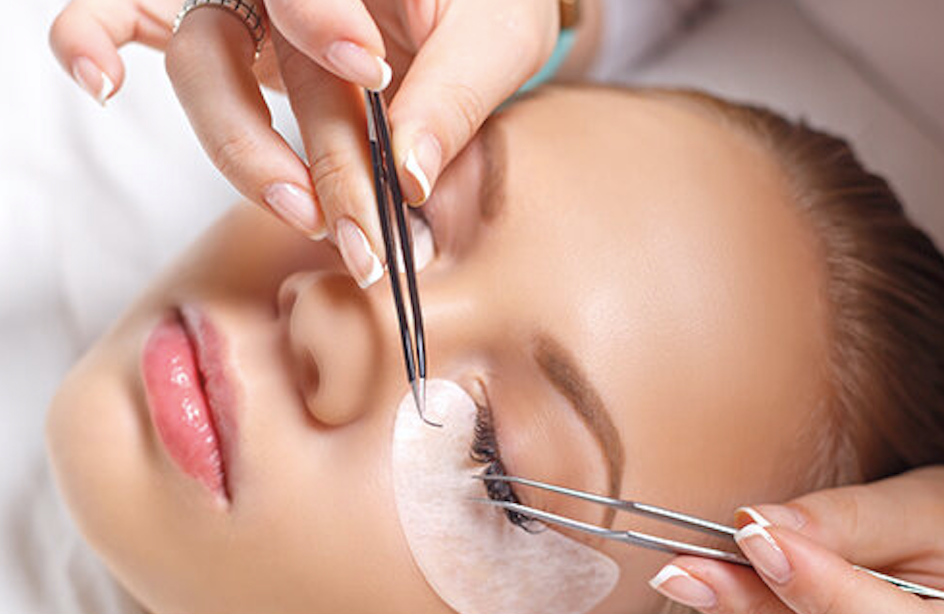by Julie Knight
Our views will vary but I don’t think you need to treat all the lashes all the time. Here’s Why.
That look may not be what your client wants
If your client wants a natural look, treating all the lashes may not look natural and they may prefer it after some shedding.
We don’t have the same number of lashes on each eye
I experimented when creating my courses in 2012. I counted the lashes on 30 new clients who’d never had extensions so I could discount any trauma from previous wear. Interestingly, none had the same number of lashes on both eyes. They averaged around 10% more on one eye.
I used to treat both eyes simultaneously but I’m quicker treating one at a time. As I prepare the lashes for treatment, I visually assess and guess the difference and treat the eye that has the fewest lashes first and balance the other so it’s not over treated.
We don’t have the same number of treatable lashes on each eye
Each day or week, the number of natural lashes in each of the 3 phases of growth differs as they grow independently. Each lash varies in length and thickness according to its phase at that time. I don’t treat the baby lashes to avoid stressing the follicle, allowing them to mature first. I know that many stylists do and use shorter, finer and therefore lighter lashes. Ultimately, it’s not carrying something as full as an older lash next to it.
One eye will have fewer ‘fully’ treatable adult lashes than the other. I wanted to explore the extent of the difference. I did another counting experiment over a winter season on 5 models who’d never had lash treatments. I repeated the count 2 months later. I chose winter to avoid the ‘seasonal shedding’ theory that started to emerge. Using two pairs of tweezers, I went from lash to lash calling out ‘baby’, ‘adult’ or ‘pensioner’ to a friend who took notes.
The results were really interesting..
The number of adults (Catagen and Telogen) lashes varied by around 20% between both eyes on ALL five of them. One had:
105 adult lashes and 50 infants. A total of 155 lashes on their right eye.
135 adult lashes and 36 infants. A total of 171 lashes on their left eye.
If you treat all the lashes or just the adults on both eyes, one eye will look fuller than the other.
Your treatment sometimes looks fuller than other times because of the lash growth cycle. I saw why when I repeated the count after two months on all 5 models. The same model then had:
122 adult lashes and 34 infants. A total of 156 lashes on their right eye.
144 adults and 24 infants. A total of 168 lashes on their left eye.
This chart shows the difference between both eyes, 2 months apart.

In summary, to get the style and the balance right, we don’t need to treat every lash every time.
If you want to know more, please get in touch.


